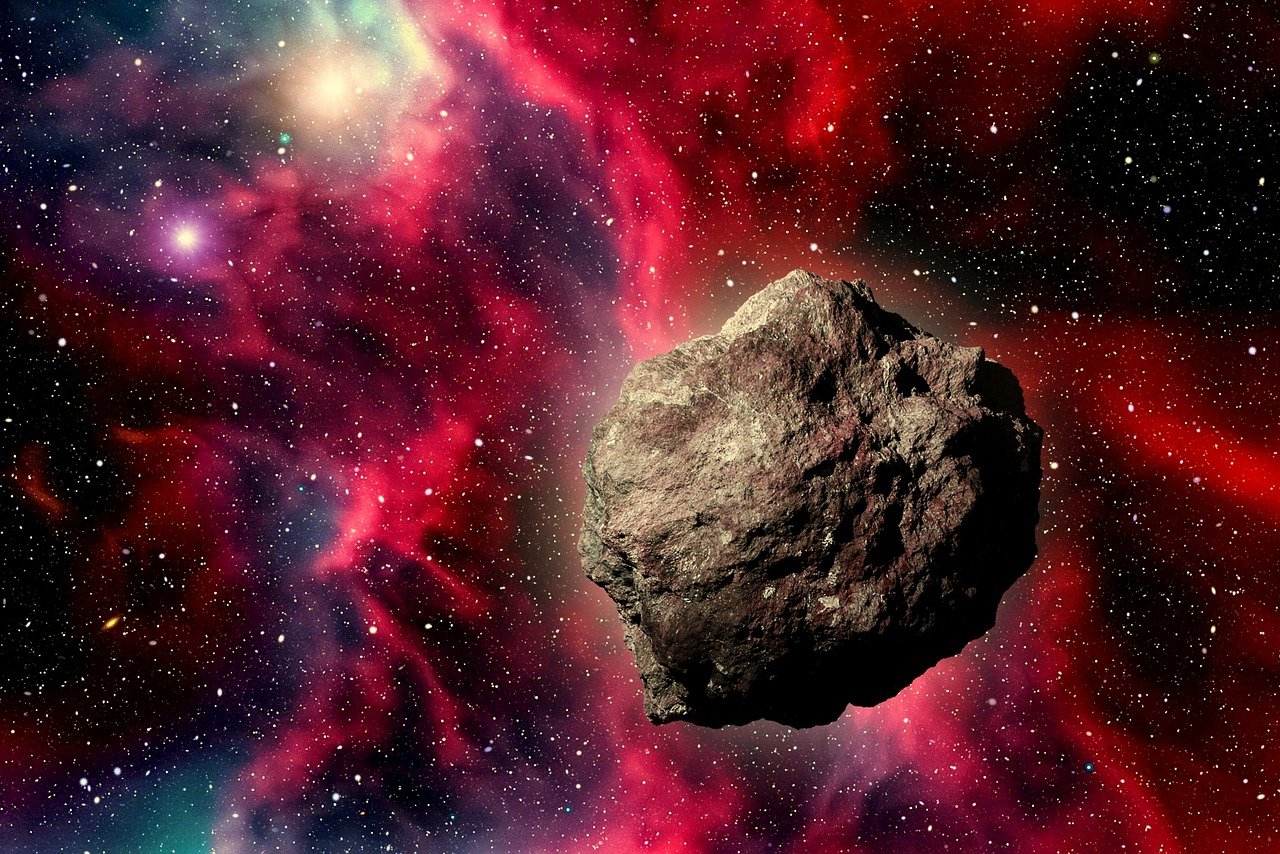Apollo group asteroid set to pass Earth by just 622,000 km, reveals NASA! Know how big it is
An Apollo asteroid is predicted to pass Earth at its closest distance in orbit today, March 14. From size, speed to distance of approach, know all about the asteroid.






 View all Images
View all ImagesIn the last few weeks, numerous asteroids have passed Earth at close distances. The orbits of these space rocks bring them close enough to the planet to be monitored by space agencies such as NASA and ESA. Their approaches are monitored to minimize any uncertainties around their trajectory and to eliminate the risk of impact. Asteroids are monitored with the help of ground and space-based telescopes and satellites, such as the NEOWISE telescope, Pans-STARRS1 in Maui, and Catalina Sky Survey near Tucson, Arizona. With the aid of these tech marvels, NASA has revealed details about an Apollo asteroid that is expected to pass Earth at a very close distance today, March 15.
Also Read: Aircraft-sized space rock will pass Earth closely, reveals NASA
Asteroid 2024 EK3: Details of close approach
NASA says the asteroid was observed and tracked by an organization called the Center for Near-Earth Object Studies or CNEOS. This organization is responsible for monitoring the skies and keeping a watch on asteroids and comets, celestial objects which are known as Near-Earth Objects (NEOs).
The asteroid passing Earth today has been designated Asteroid 2024 EK3, and it is just one of the two space rocks that will come close to the planet, with the other one being Asteroid 2020 FU. This near-Earth space rock is expected to make its closest approach to the planet at a distance of just 662,000 kilometers! That is less than twice the distance of the Moon from Earth!
NASA says the asteroid is already moving towards Earth at a breakneck speed of approximately 24623 kilometers per hour, which is almost as fast as an Intercontinental Ballistic Missile (ICBM)! The asteroid is just 19 feet wide, which makes it as big as a car. It is important to note that although it will come close to Earth, Asteroid 2024 EK3 has not been predicted to impact the surface.
Also Read: What are asteroids and how ESA is tracking them
It belongs to the Apollo group of Near-Earth Asteroids, which are Earth-crossing space rocks with semi-major axes larger than Earth's. These asteroids are named after the humongous 1862 Apollo asteroid, discovered by German astronomer Karl Reinmuth in the 1930s.
One more thing! We are now on WhatsApp Channels! Follow us there so you never miss any updates from the world of technology. To follow the HT Tech channel on WhatsApp, click here to join now!
Catch all the Latest Tech News, Mobile News, Laptop News, Gaming news, Wearables News , How To News, also keep up with us on Whatsapp channel,Twitter, Facebook, Google News, and Instagram. For our latest videos, subscribe to our YouTube channel.





























